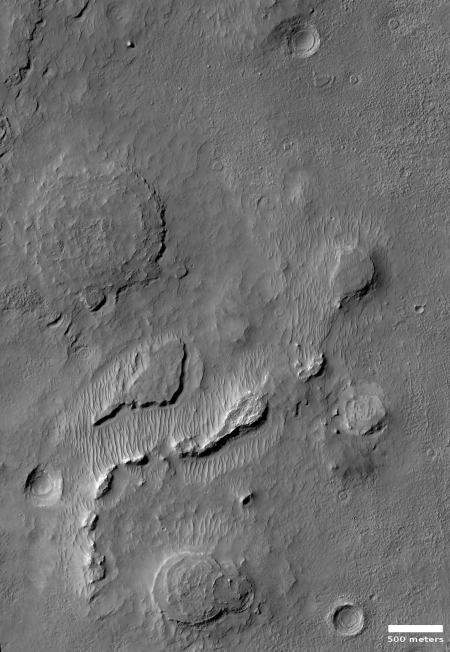Sunspot update: tiny uptick in March activity
UPDATE: In doing some analysis and prep work for future updates, I have discovered that the graph below is in error in its placement of the prediction for the next solar maximum in 2025. I have revised the graph below to note the error. On April 6, 2020 I posted an updated graph.
My original post:
—————————
This week NOAA unveiled a major revamping of the graph it has used for the past decade-plus to show the monthly progression of the sunspot cycle, and that I have been using since the start of this website to do my monthly sunspot updates.
Overall they did a very nice job. The new graph not only shows the present state of the cycle, but it allows you to zoom in or out on this cycle as well as all sunspot cycles going back to 1750, about the time the sunspot cycle was first recognized and the sunspot count became reliable.
The new graph also includes a new more precise prediction for the upcoming solar cycle, forecasting the peak in 2025, higher than the weak solar maximum that has just passed. I have taken the old graph (see my last update on March 12, 2020) and revised it to place this new prediction in context with the previous cycle. I have also added the March sunspot numbers to it.
» Read more







